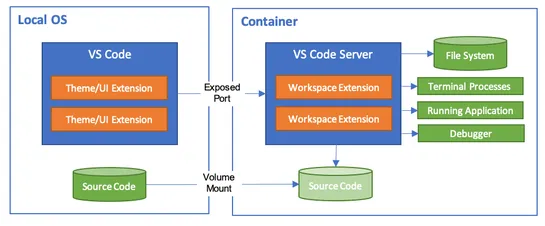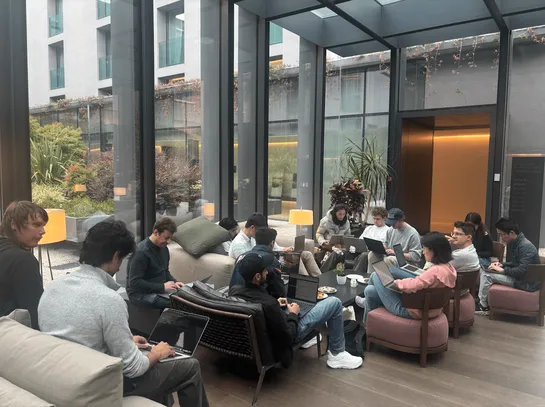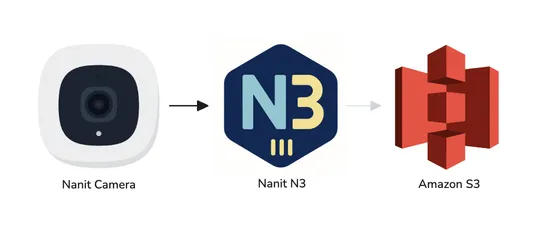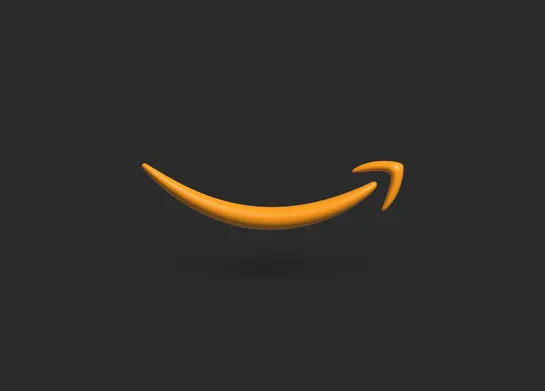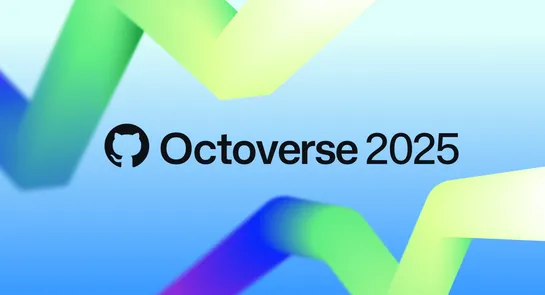Agentic AI and Security
Agentic LLM apps come with a glaring security flaw: they can't tell the difference between data and code. That blind spot opens the door to prompt injection and similar attacks. The fix? Treat them like they're radioactive. Run sensitive tasks in containers. Break up agent workflows so they never ju.. read more

